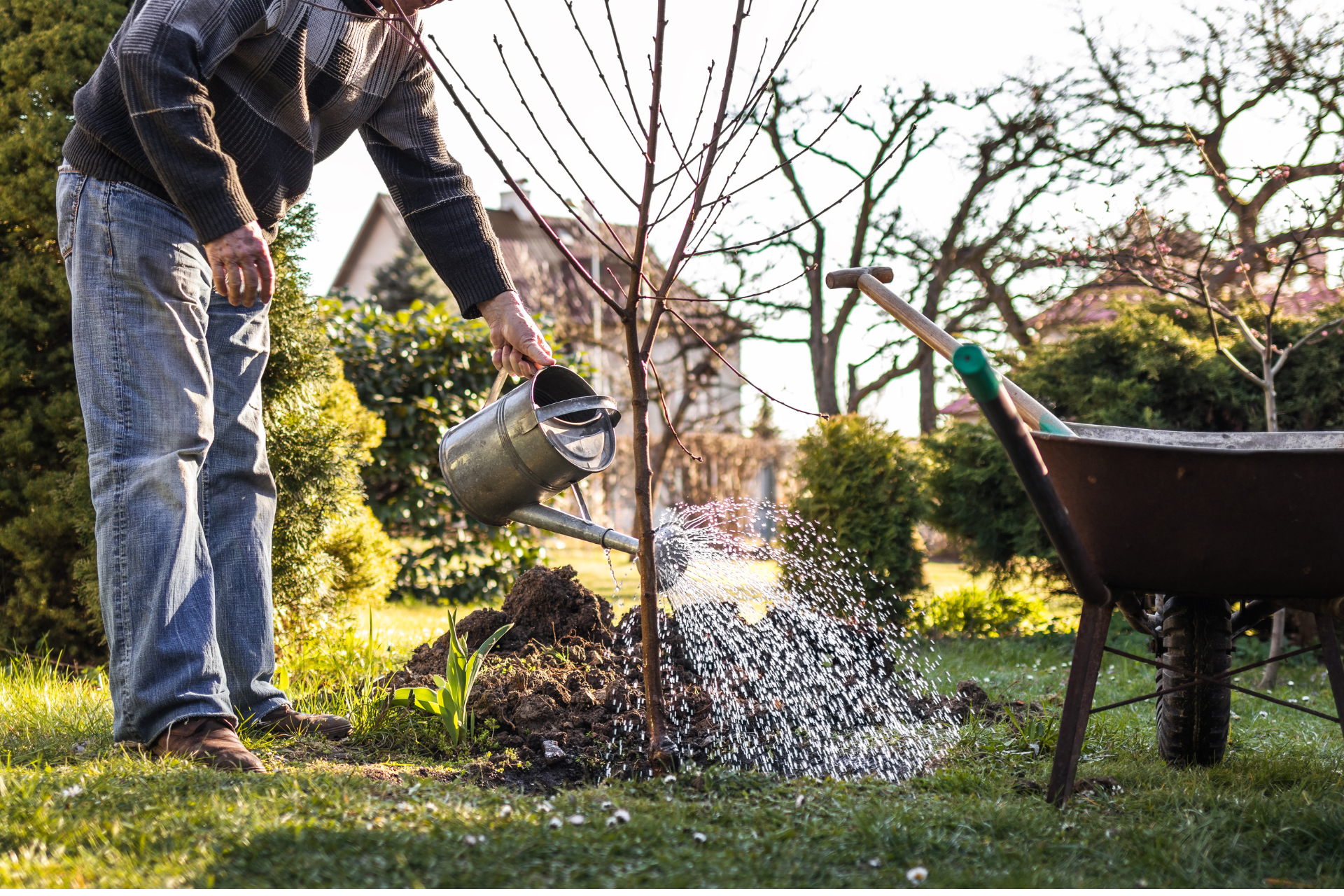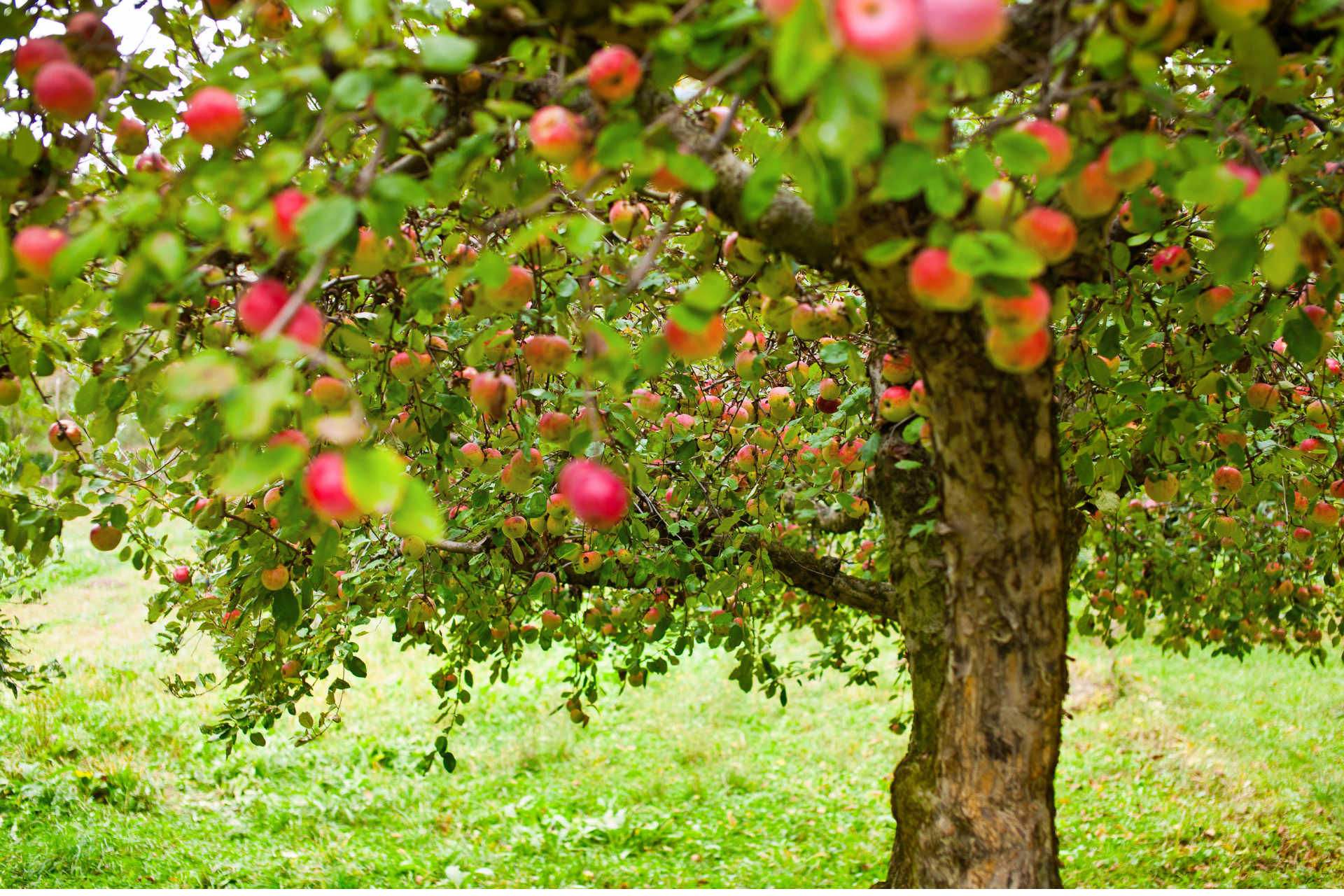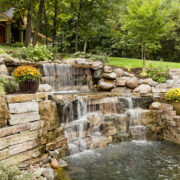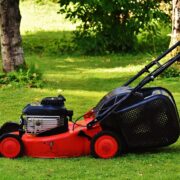Transforming your backyard into a personal Eden is easier than you might think. Imagine stepping into a world filled with enticing aromas, a riot of colors, and the sweet satisfaction of picking fresh fruit from your very own trees.
Discover the Wonders of Backyard Fruit Trees
From tiny seeds to blossoming beauties, fruit trees bring a fascinating journey right to your doorstep. Each day brings something new: a sprout, a bud, a fruit. And the best part? You’re the proud caretaker every step of the way.
The Perks of Growing Your Own Fruit
There’s a special joy in biting into a fruit that’s been nurtured by your own hands. It’s more than just a green thumb’s triumph, it’s a healthier, tastier alternative to the store-bought variety. Plus, who wouldn’t love a personal fruit supply just a few steps away from the kitchen?
Health and Environmental Benefits
Fruit trees are nature’s own air purifiers, tirelessly working to keep our environment clean. They’re little homes for friendly critters, contributing to local biodiversity. And let’s not forget their ability to provide shade, creating a perfect nook for those lazy summer afternoons.
We’re about to share a selection of five fruit tree varieties that are a match made in heaven for your backyard. Whether you’re a greenhorn or a gardening guru, these trees promise a delightful and fruitful journey.
5 Fruit Trees to Illuminate Your Backyard
A backyard can be an oasis, a retreat, and with the right fruit trees, an edible paradise. Let’s explore five options that can transform your backyard into a stunning orchard.
1. Apple Trees: A Quintessential Choice
A symbol of knowledge and discovery, the apple tree is a classic choice for backyard cultivation. There’s a sense of nostalgia in apple trees, evoking memories of apple pies and cider enjoyed with loved ones. With hundreds of varieties available, from the crisp Honeycrisp to the sweet Golden Delicious, there’s an apple tree to suit every taste. Plus, their delicate blossoms add a stunning visual appeal to your backyard.

2. Cherry Trees: A Splash of Color and Taste
Cherry trees are undeniably charming, with their spring blossoms creating a spectacular show. Imagine a serene morning beneath a cherry blossom canopy, sipping coffee and enjoying the vibrant display. When the cherries ripen, they offer a sweet and tart treat, perfect for baking or making preserves. Of you could just snack on them straight from the tree!
3. Plum Trees: An Easy-to-Grow Delight
Plum trees are a great choice for the beginner gardener. These are some of the hardest fruit trees to kill. Plus they’ll survive with minimal maintenance. They deliver a bountiful harvest of juicy plums, excellent for fresh eating, canning, or creating delicious desserts. Their foliage also adds a touch of elegance to any backyard.
4. Citrus Trees: A Taste of the Tropics
Add some zest to your backyard with citrus trees. No matter which fruit you pick, (typically lemon, orange, or lime) their glossy green leaves and fragrant blossoms are a feast for the senses. Citrus fruits are versatile kitchen staples, used in everything from refreshing drinks to tangy marinades. Moreover, many citrus trees can be grown in pots, making them suitable for smaller spaces.
5. Self Pollinating Dwarf Fruit Trees: A Compact, Bountiful Option
If space is a constraint, self pollinating dwarf fruit trees are your answer. Despite their compact size, these trees are heavy bearers. Cherry, apple, or peach, the options are vast. They are perfect for patios and smaller backyards, and their manageable size makes pruning and harvesting a breeze.
Each of these fruit trees has its unique charms and benefits. With the right care and patience, they can transform your backyard into a stunning, fruitful haven.

Cultivating Success: Planting and Care Tips
Planting a fruit tree is exciting but to ensure your tree thrives, there are certain things to bear in mind.
Selecting the Ideal Location
Location is everything when it comes to fruit trees. Your tree needs sunlight. In fact, at least six hours a day, and well-draining soil to flourish. Avoid low areas where cold air or frost can settle. Also, ensure your tree has enough space to grow without interference from buildings, power lines, or other trees.
Feeding, Watering, and Pruning
Just like us, fruit trees need a balanced diet. A slow-release granular fertilizer typically provides the nutrients they crave. Watering is crucial, especially during dry spells, but remember overwatering can be just as harmful as underwatering.
Pruning is an art that stimulates healthier growth and bigger, better fruits. It also helps to manage the size and shape of your tree, particularly important for those dwarf fruit trees. Pruning typically involves removing dead or diseased wood and thinning the canopy to allow sunlight and air in.
Key Takeaways
Growing fruit trees is a rewarding journey, one that brings beauty, wildlife, and a bounty of fresh produce to your backyard. Whether you fancy a tangy lemon tree or a self pollinating dwarf apple tree, the options are abundant. With the right care and a touch of patience, you’ll be biting into your homegrown fruit in no time. So why wait? Bring that dream orchard to life, right in your backyard.










Comments